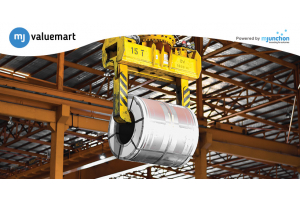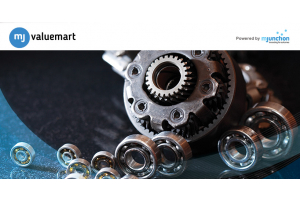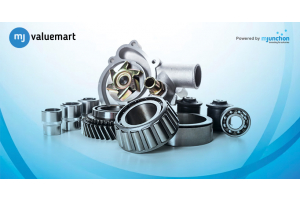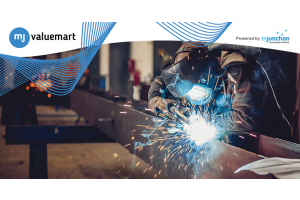Reasons Why MRO Spare Parts May Malfunction
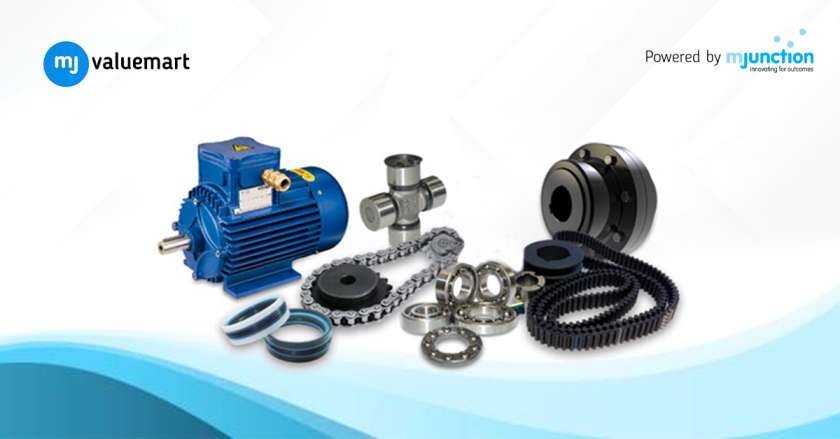
Maintenance, repair and operating (MRO) spare parts play an important role in ensuring that production equipment and facilities continue to function smoothly. However, they can malfunction due to various reasons including poor quality, improper installation and improper storage. In this article, we will explore the common reasons why MRO spare parts may malfunction:
1. Poor quality: Industrial MRO spares are prone to malfunction if they are made of poor quality materials. When manufacturers use inferior or substandard materials to produce spare parts, the resulting products are usually of poor quality, which can cause malfunctions. The probability of identifying faults and defects in spares increases when they are made using low-quality materials.
2. Improper handling: When MRO spares are handled by untrained staff, they can be damaged which can compromise the integrity and operational capacity of the industrial equipment. It can have severe consequences for a business, including prolonged periods of downtime and significant financial losses due to reduced equipment durability. As a result, business operations may become inconsistent, and client satisfaction may decrease.
3. Improper installation: MRO spare parts need to be properly installed to avoid any malfunction or accidents. Incorrect installation can lead to significant issues, including premature damage, reduced performance and even accidents. An incorrect installation can lead to leaks, vibrations, and unforeseen failure and damage to the equipment. To maintain the integrity of the equipment, it is important that only trained personnel handle the installation of MRO spares.
4. Wear and tear: The constant use of MRO spare parts can result in wear and tear, which cause malfunctions. This is especially true for older parts that have been used frequently or were exposed repeatedly to harsh conditions. As repetitive use of spare parts can lead to cracks and fractures, it is important to replace the parts at the right time.
Corrosion is also a major cause of wear and tear. Harsh environmental conditions such as chemicals and moisture tend to damage the surface of the MRO spare parts.
MRO spare parts usually consist of multiple components working together to perform a particular task, and if any of these components are compromised, it can result in the malfunction of the spare part.
5. Environmental factors: MRO spare parts need to be protected from different environmental factors, such as high or extremely low temperature, humidity and exposure to chemicals. High temperatures usually cause metal parts to expand. This can lead to misalignment and increased friction, which accelerates wear and tear. Exposure to moisture leads to rust and corrosion. Here are some impacts of environmental factors on MRO spare parts:
- Moisture damage: Due to improper storage in a humid environment, MRO spare parts can absorb moisture, leading to rust and corrosion. This can further weaken the structural integrity of the parts, and cause friction.
- Dust and debris damage: Common for MRO spare parts stored in dirty or dusty environments. It leads to accumulation of dust, debris, and other particles that can clog the crucial parts of the machinery.
- Temperature damage: When stored in an environment that is too hot or too cold, it causes the parts to expand or contract. This leads to warping or cracking.
- Chemical damage: Occurs on exposure to chemicals or other corrosive substances. This leads to weakening of structural integrity and subsequent damage.
6. Improper storage: Improper storage of spare parts can cause several problems such as:
- Exposure to moisture
- Exposure to dust and other contaminants
- Exposure to extreme temperatures
This can lead to significant damage and reduced performance of the spare parts.

